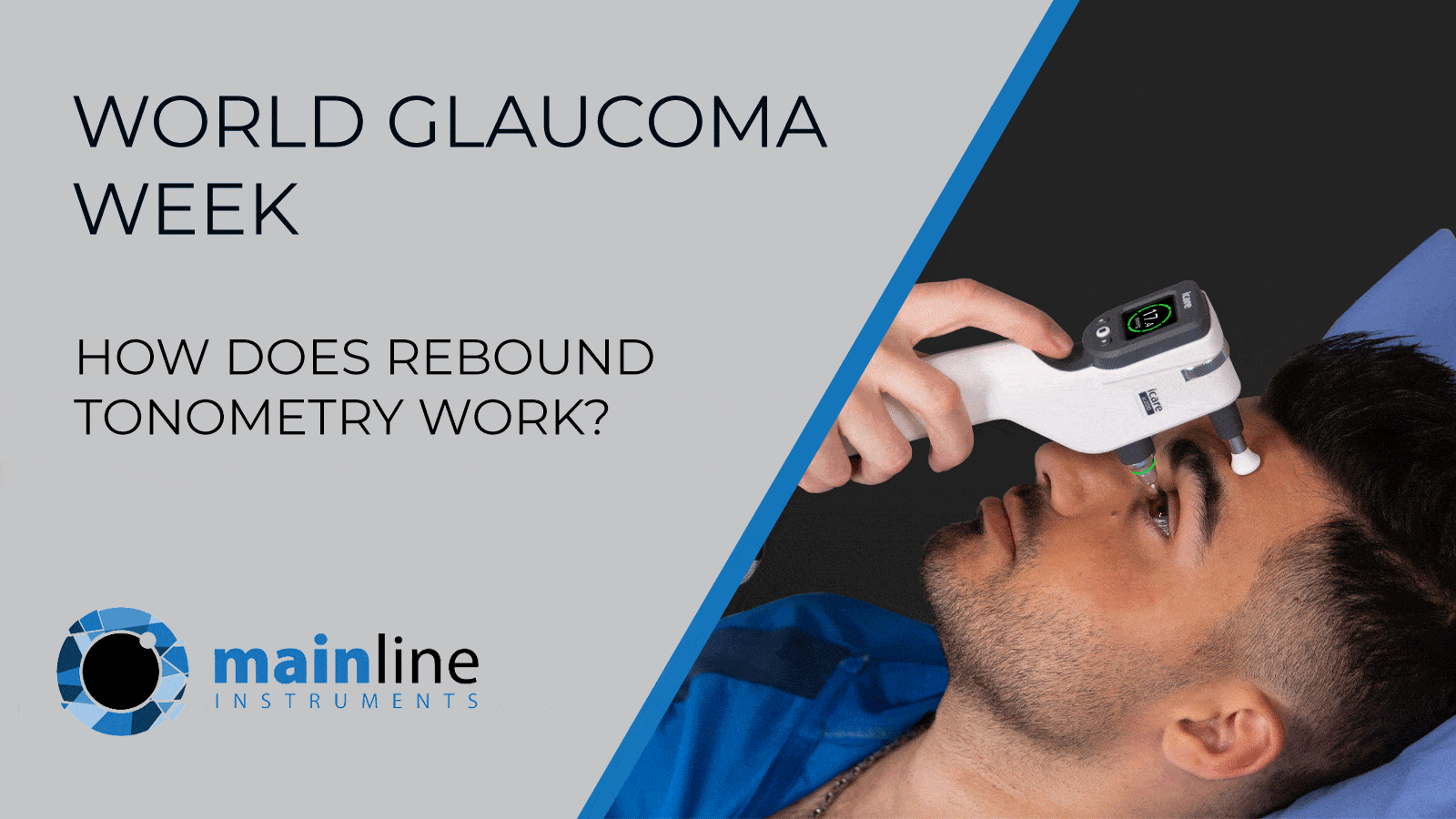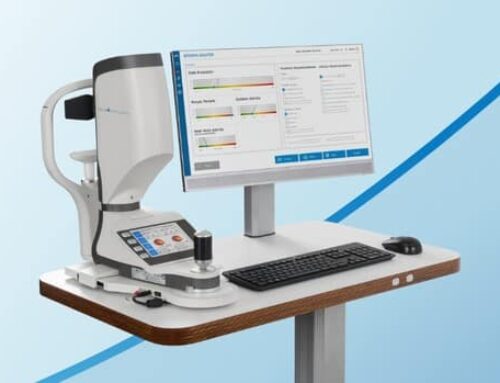Rebound Tonometry
Rebound tonometry is used to measure eye pressure (intraocular pressure) without anaesthesia or the use of a fluorescein with a hand held portable device. A head rest or slit lamp isn’t needed which can save time in appointments trying to get the correct head positioning.
This type of tonometry method measures the rebound movement of a small probe bouncing off the surface of the eye. Each probe is disposable and a new probe is used for each patient. The probe has a magnetised steel wire shaft covered with a round plastic tip at the end to minimise the feeling of the probe touch during the measurement. After pressing the measurement button, the probe momentarily touches the cornea and bounces back at high speed.
This movement is detected by a solenoid inside the device. The moving magnet induces voltage into the solenoid and the motion parameters of the probe are monitored and documented. The probe bounces faster as the IOP increases and consequently, the higher the IOP, the shorter the duration of the touch. The device takes 6 measurements, to get an average of all 6 readings.[1]
This process only takes seconds and can be repeated easily if necessary. It can be easier to take measurements on children with this method as they don’t have to position their head or be put under anaesthesia.
To see our full range of iCare rebound tonometers and probes visit our product page.
References
[1] https://www.ncbi.nlm.nih.gov/pmc/articles/PMC1857518/#ref16







